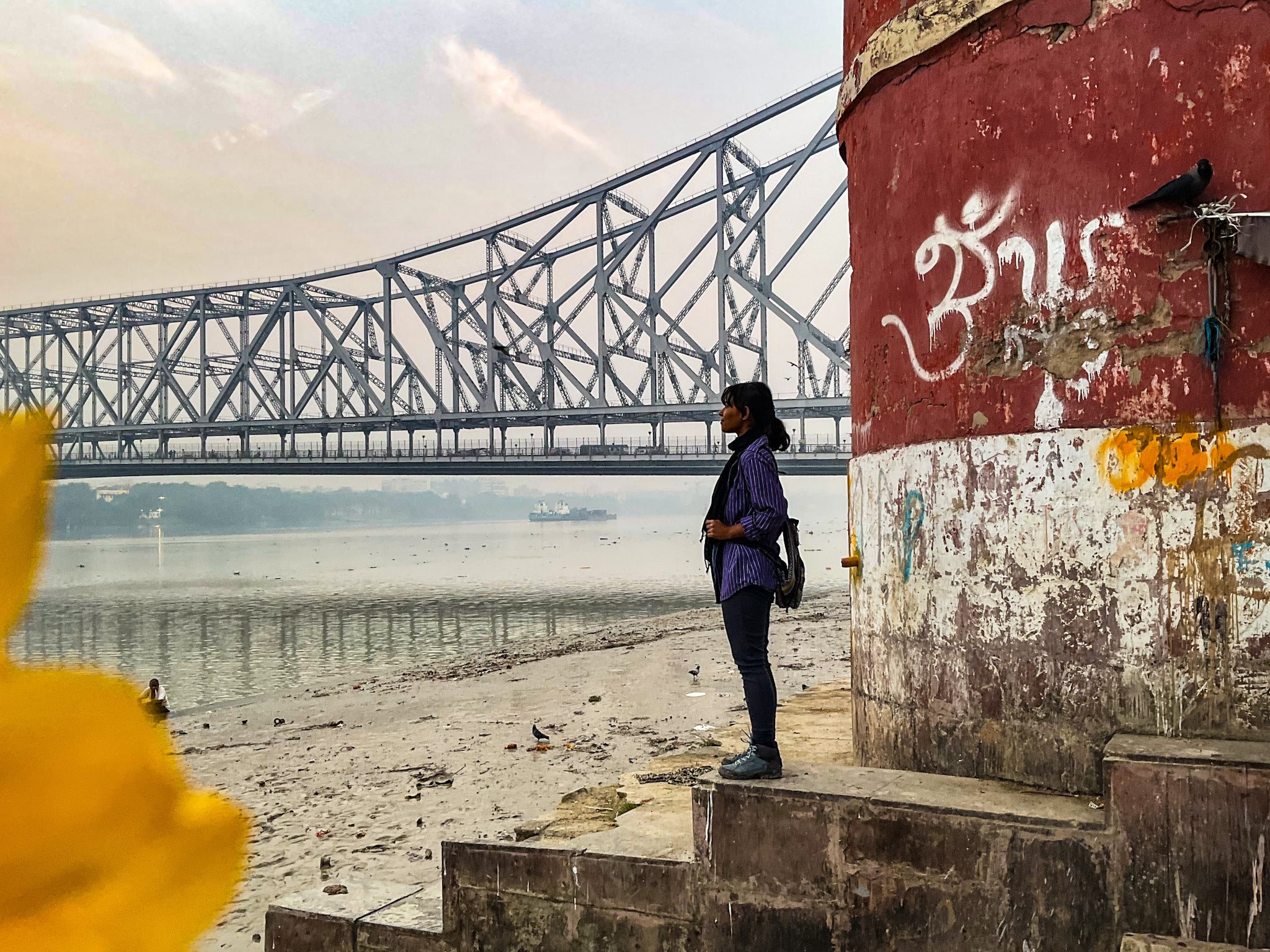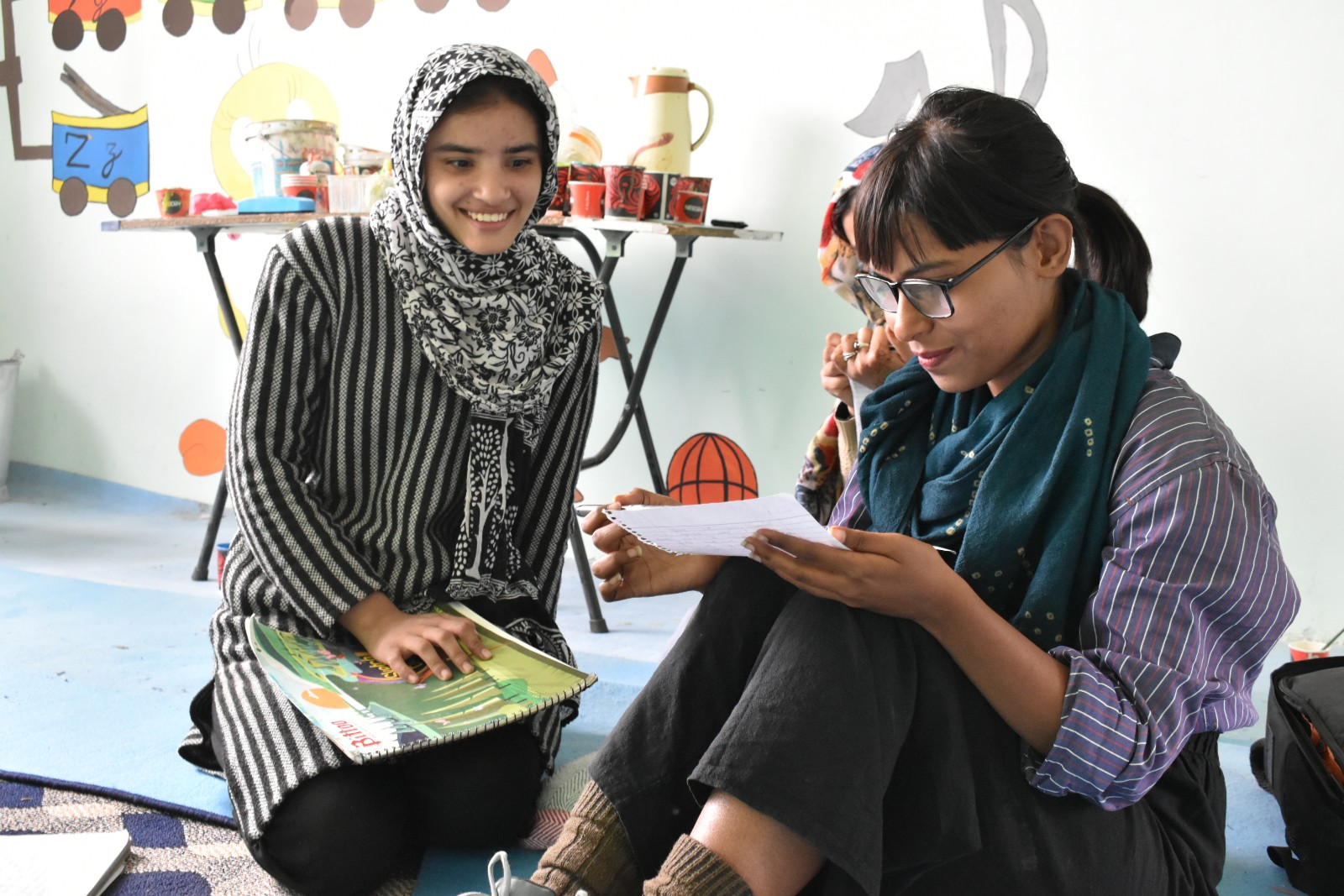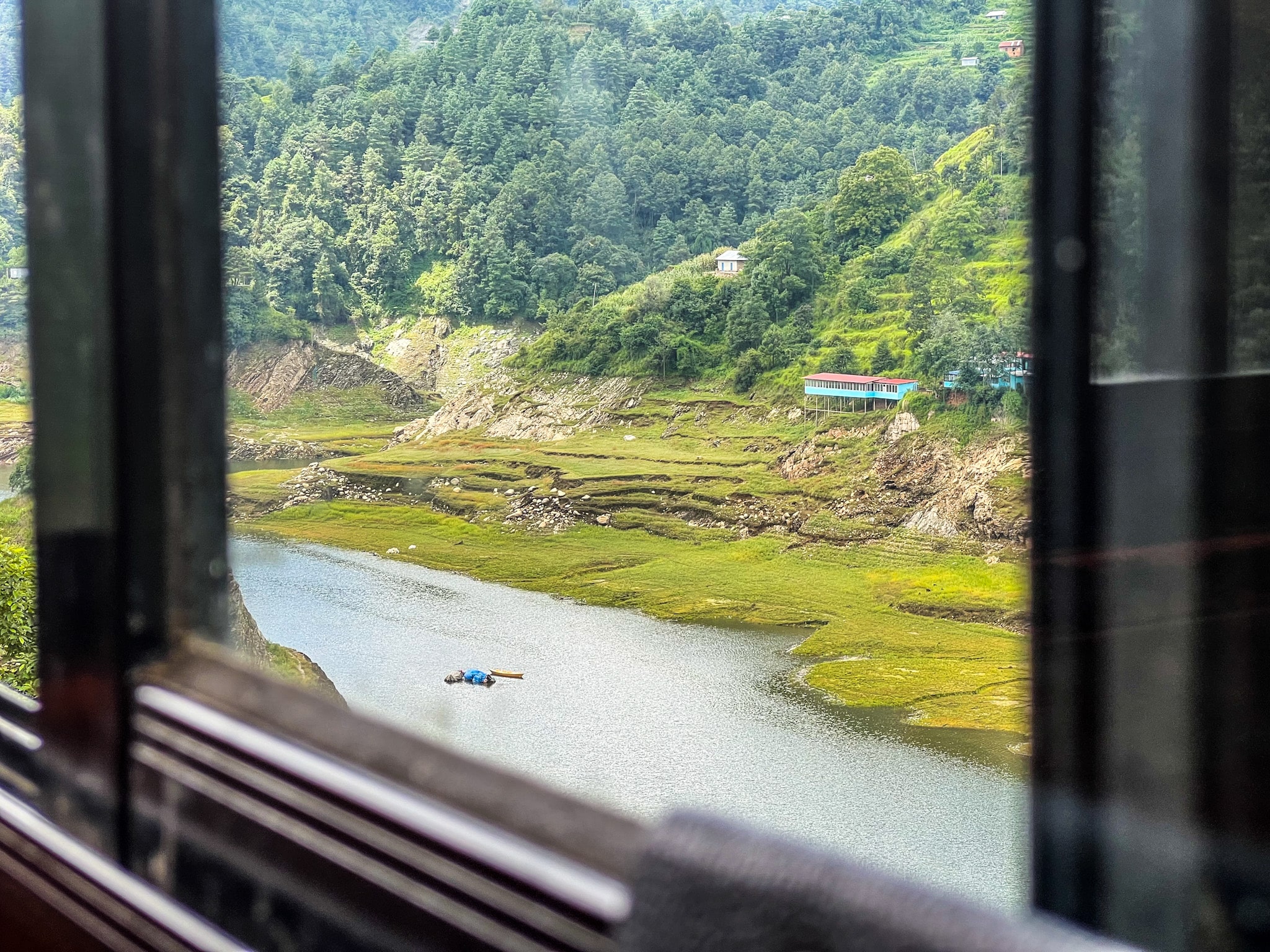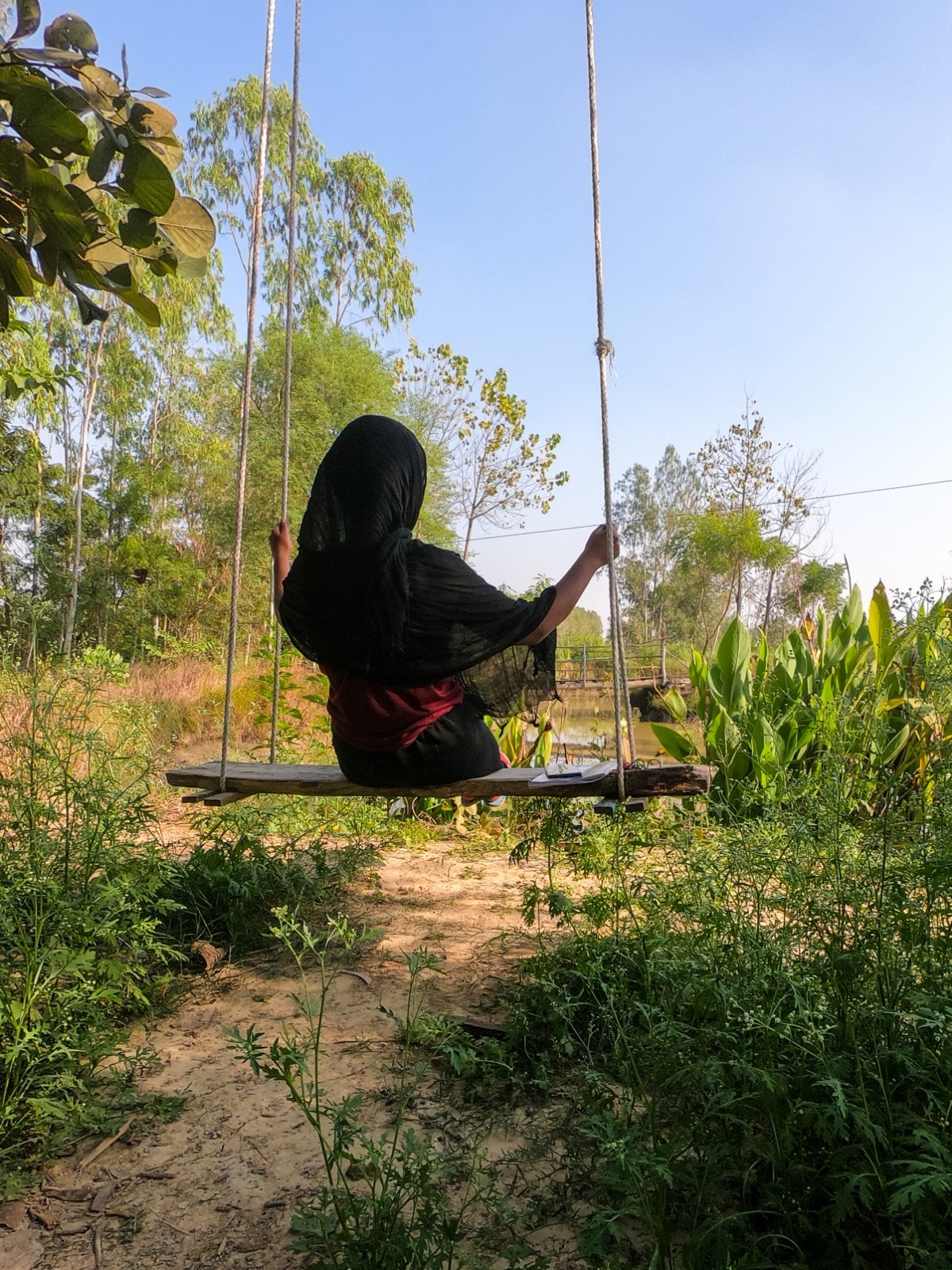A Local Perspective on the ‘City of Joy’ Kolkata
I am revisiting my hometown Kolkata, the ‘City of Joy’, after two years, to get my passport done. This article is about how I looked at Kolkata before as a local, and how I feel now as a passer-by.
Kolkata, I Have Outgrown the ‘City of Joy’
Kolkata has a neutral balance on my senses now. Kolkata. The City of Joy.
Expended in moments of inert mountains and still nature, I never indulged in the invisible thought of revisiting Kolkata one day. It was as absurd as a lion in a cage. In sparks of conversations with my sister, she would remind me how I would have to get my passport done (hence go back to Kolkata). Something I kept pushing further for two years with the dread of meeting (and not necessarily greeting) Kolkata again.

But I must comply, the sense of familiarity, an evaporative repeat, hasn’t left my automotive movements. Like when I go for evening walks, I cut through the crowd subconsciously, the same way I used to, only now I don’t know I am doing it. This is a subconscious habit.
(After one month of writing this and staying in Kolkata with the perpetual longing for my passport to arrive, I was worn out).
For two decades, there was a long line of romanticizing the out-worn outlines of the century-old food cabins and North Kolkata abodes, and truly loving the city of chaos (joy), until I got over it, as I drowned deep into the well. It’s a tiring city that is never tired of its systematic mannerisms. And the Bengalis love living in the nostalgia for the city’s sake.
I don’t belong here. I never did.
At some point, the suppression of the city rose high above the yellow taxis, rickshaw-pullers, and heritage monuments. Kolkata had always trimmed my possibilities to the constant feeling of being ‘stuck’. Kolkata, called out by its pseudo-name, ‘City of Joy’. What are the chances? What kind of joy can it ring after two decades of living its odds?

It does. But the joy is an artistic momentum. I always said, Kolkata is a gripping and creative station for VISITORS, it’s not a place I want to LIVE in.
So I left two years ago.
Kolkata has retained its characteristics; its unique and fascinating cultural aberrations. North Kolkata is alive in expressions, sounds, half-painted graffiti, monochromes, the artistic streak… It’s so distinct that you won’t find it in any corner of the planet! But there is more to it. So much more that I had outgrown the Mahanagari.
Looking Back at Kolkata After Two Years
Now. There are moments that give me the tingling sense of circling back to the bottom. They don’t stay long, but they are there, as if I have travelled backwards. The decision to leave Kolkata was so crucial that I am now struck by the temporary feeling of falling down to from where I started. Quite the contrary, in reality. But the physical outlook of Kolkata gives me a downfall.
Even at Nandan, the cultural center of Kolkata, where my teen days saw the dawn of college days…. University life… Days of standing in multiple queues for two movies a day… Performing theater and recitation at Academy of Fine Arts, the bookstore I spent my millennia in…. They craft no city-driven passion in my ‘City of Joy’.
My nostalgia is like the rusted locks the houses of North Kolkata hang at the intersection. Rusted as to it should be inside the old trader’s sack.
This is a phase of waiting for the passport, a temporal diaspora. I have a blank face. So I enjoy it. Until I no longer can.
The Local Who is Visiting the ‘City of Joy’ Kolkata

The minute I realized my role as a visitor in my hometown, I could enjoy the lackadaisical lanes, and find sporadic euphoria in this cultural flirt with visual frames and the swearings of the women in the local trains…
It’s no secret that cities are not my element. But that doesn’t mean I can’t be an observer of a part of India that bears a different mindset (that’s what I tell myself). I can criticize Kolkata because I have known its inside-outs for 22 years; the conservative hypocrisy, the blacks, the whites, and the greys.
Kolkata shows off its outward flavors, and exposes you, the outsider, to walls of cinematic impressions… The galis of North Kolkata live in living montages.
With a natural turnover in my approach, I ask the flower vendors where they breed the flowers, how flower trading works, and how they color the Chandramallikas…. And I want to know from them. That’s why I travel.
If you are visiting Kolkata, the City of Joy, you may want to read about its neighbouring State Odisha.
The Local-Train Experiences on the Sealdah Line

Local trains on the Sealdah route are surely daily battlegrounds for the daily passengers. The anger, the ‘sweet’ words of exchange, the dashing crowd that swings by the open doors – the jampacked ladies’ compartment has all my curiosity.
And the opportunity to get in from one door and potentially be pushed out from the other is a journey (that results in ripping my bag straps in the crowd, in a compartment bereft of air to breathe). Women in their sarees hold onto the pole with one foot hanging from the wide doors during office hours.
I often board the local train, sandwiched between angry, screaming women! When the rush hour frizzles out with the frizzling of a day, and free wind can play through the compartments, we stand by the door, as the wind takes our hair away.
Here are some resources on sightseeing in the City of Joy Kolkata by Tales of Two Backpackers.
Streets of the ‘City of Joy’ Kolkata at Night

‘No way!’ My first reaction to my friend’s proposal to walk around Kolkata at night!
The fog began to draw up like clouds around the traffic pole. The light turned red from green. The round headlights of the yellow taxis kept moving. Then two bikes flashed by, as the fog created an eerie frame of condensed red and mild light.
In every low-lit alley, men and women slept on the pavement, on cots, and inside mosquito nets. In the darkness of 4 AM, the tea stalls were taking out their matir bhars (earthen pots), pouring milk in the saucepan in one long clinch, for the men in shawls were already queuing up for the traditional morning tea. The city works at night, only to overwork as soon as the sun hits dawn.
Every four-way intersection was tranquil; the same roads that count their weight throughout the busiest hours. It’s the night and the break of the night, how the days set in and set out, slowly, and then at once.
I always looked at the ‘City of Joy’ as a black-and-white city, with its greys. Have you seen the colors in its darkness? Every traffic light brings light to the empty roads with its change. The city, whose heart is its people, was magically lit, without them.
Even before there was light we were already at Mullick Ghat Flower Market, Asia’s largest flower market just under Howrah Bridge.
Also read – The Female Beedi-Workers in the Sundarbans
Chandramallika And Mullick Ghat Flower Market

Mullick Ghat Flower Market is the thriving nucleus of flower trading in Kolkata. Every temple, religious place, and small vendors centre around the hawkers’ market for their daily flowers from the crack of dawn. The Ghat was built in 1855, more than a century ago, by Ram Mohun Mullick. The market has been running ever since by 2000 vendors.
‘Garlands? Ten rupees per piece.’
From Ranaghat, Kolaghat, and Pashkura Medinipur, the flower breeders travel to Kolkata from different parts of Bengal with their Chandramallika, togor, jhupsi, byabi, rose, marigold garlands, sunflower, akondo….
‘Chandramallika is the flower of the night and light. We hang CFL lights at night. You will see what a Chandramallika garden looks like if you visit our farmlands in Medinipur.’
‘Do all the flowers get sold?’
‘Yes, very easily. We will return before 11 am. If some are left, we will come again tomorrow and sell them.’
Chandramallikas come in different colours in a bunch. Red, green, blue… The colours are artificially added for a burgeoning selling point. White and yellow Chandramallikas are dipped in colour for three hours for a makeover to blue, green…
Also, they sell the flowers to some local vendors who set up stalls in the market as well. Even flowers get exported to some parts of Europe from Mullick Ghat Flower Market in Kolkata.
The opinions and expressions around Kolkata, the City of Joy, are individual-centric. It is also a take on urban life, rather than just ‘Kolkata’.
What is your understanding of Kolkata, both as an insider and outsider? What is joy in the ‘City of Joy’ to you?
Follow my solo adventures on YouTube, Instagram and Patreon.




Leave a Reply